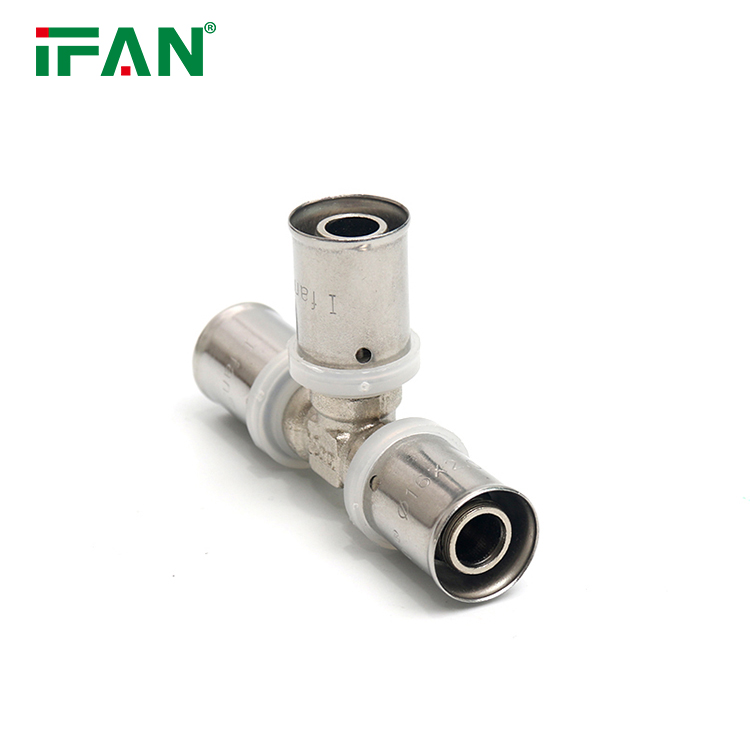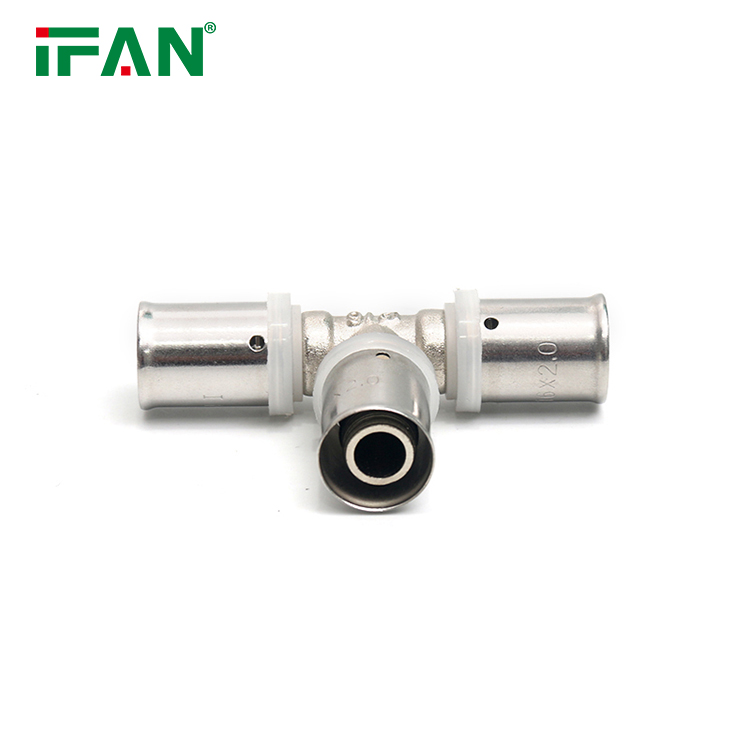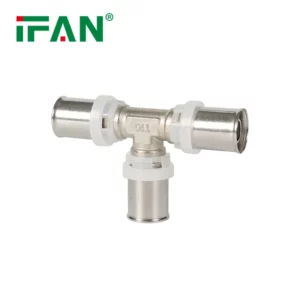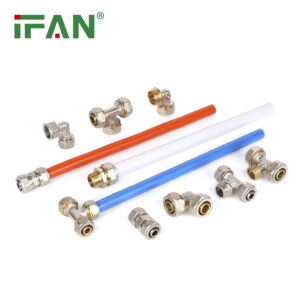Description
A tee is a type of pipe fitting commonly used in pipeline systems. It is named after the T-shape that it resembles, with one inlet and two outlets that allow for the distribution or flow of fluid or gases. The use of tees in pipelines may vary depending on the industry and application. In this article, we will explore the various uses of tees in pipeline systems.
Branching:
Tees are often used for branching off a pipeline system into multiple directions. The tee fitting allows the main pipeline to continue flowing while splitting off into two or more smaller lines. The branching feature of a tee makes it a valuable component in distribution systems, such as water and gas supply pipelines, and in HVAC systems, where multiple rooms or units need to be connected to a single line.
Connection of Different Sizes:
Tees can also be utilized to connect pipes of different sizes. For instance, a larger pipe can be connected to a smaller line using a reducing tee. Reducing tees have one inlet and two outlets, but one outlet has a smaller diameter than the other. Reducing tees are used to reduce the pipe diameter to fit in with the rest of the pipeline system.
Inline Flow Control:
In some cases, tees can be used as an inline flow control mechanism. This is achieved by using a ball valve or gate valve installed on one of the outlets of the tee. The valve enables the user to regulate the flow of fluids or gases through the pipeline system.
Diverting Flow:
Tees can also be used to divert the flow of fluid or gas in a pipeline system. The diverting feature of a tee allows the fluid or gas to be rerouted to another location. This feature is especially useful in emergency situations where a section of the pipeline needs to be shut down, and the fluid or gas needs to be diverted to prevent spills or leaks.
Combination of Services:
Tees can also be used to combine two or more services into one pipeline. This is common in residential plumbing systems, where multiple fixtures such as toilets, sinks, and showers need to be connected to a single wastewater line. By using a tee fitting, the main waste line can be branched off to each fixture.
Connection of Similar Pipe Diameters:
Tees can be used to connect pipes of similar diameters in a straight line. The installation of tees in this application will remove the need for an elbow and reduce pressure drop in the pipeline system. Careful consideration should be given to the type of tee used, as their variation in size, shape, and construction material can affect performance.
Installation Flexibility:
Tees are essential components in pipeline systems because they provide flexibility during installation. For instance, installing a tee at an angle to an existing pipeline allows for directional changes while maintaining a consistent flow rate. This flexibility is useful during construction or retrofitting of existing pipelines.
In conclusion, the use of tees in pipeline systems is vast and essential in various industries and applications. The most common use of tees is for branching pipelines into multiple directions while maintaining a steady flow rate. However, tees can also be used as inline flow control mechanisms, diverters, and connectors for different pipe diameters. The selection of tee fittings should be carefully considered depending on the pipeline system’s requirements and specifications. Proper installation and maintenance will ensure the optimal performance and longevity of the pipeline system.
Related products
-
Compression fitting
PEX Compression Fittings: A Comprehensive Guide for Your Plumbing Needs
-
PEX Pipe fitting
IFAN Brass Press Fitting
-
PEX Pipe fitting
IFAN PEX Press Fitting Tee
-
Brass plumbing fitting
PEX Brass Compression Fittings













